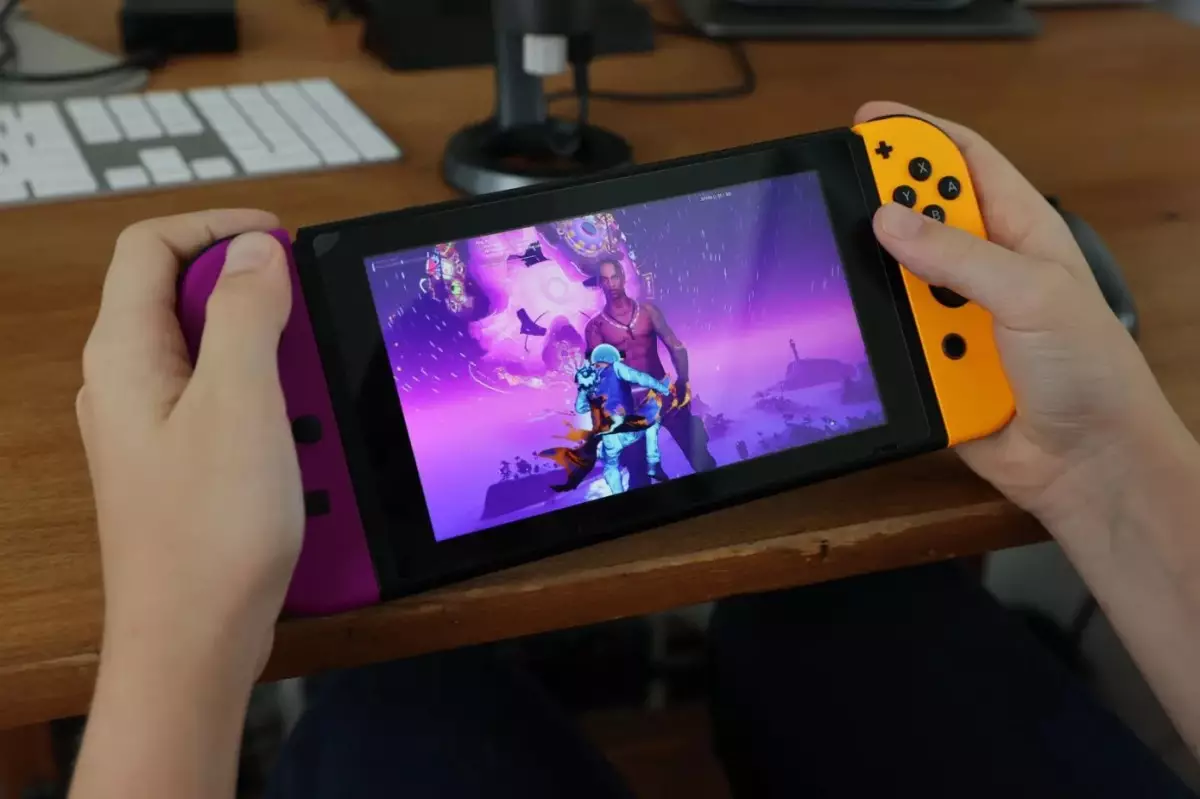As we transition from the glitz of CES 2025, gaming enthusiasts are already buzzing about the potential unveiling of the next-generation Nintendo Switch, an ever-enticing hybrid gaming console that captured the market upon its debut. Hints from credible gaming sources suggest that an official announcement could be imminent, specifically set for January 16, 2025, which falls on a Thursday. Such meticulous planning by Nintendo hints at a strategic approach; rather than overwhelming fans with exhaustive details in one grand event, they may opt for a drip-feed of information via individual Nintendo Direct presentations. This strategy allows for sustained engagement with audiences and creates a sense of anticipation leading up to the console’s launch.
Backward Compatibility: A Smart Move
One of the most promising aspects confirmed about the upcoming console is its backward compatibility with the original Switch. This feature is paramount in preserving the substantial library of existing titles available for the original device, catering to its vast user base of approximately 150 million owners. By integrating backward compatibility, Nintendo embraces a more user-friendly philosophy, allowing gamers to hold on to their favorite titles while encouraging a smoother transition to the new hardware.
Understanding the Nature of the Upgrade
The question lingering in the minds of many is how profound these hardware enhancements will be. Drawing from past experiences, Nintendo’s upgrade trajectory has often varied, with sequels introducing significant changes, while other times, they represent an evolutionary step rather than a revolutionary one. Unlike the tangible rivalry that platforms like Sony’s PlayStation face, Nintendo’s trajectory has thrived on nostalgia and innovation intertwined. With the original Switch’s success, fans and pundits are left contemplating whether the upcoming Switch 2 will bring an unprecedented transformation or simply build upon its predecessor’s foundation with an enhanced experience.
While the gaming community is undoubtedly excited for a powerful leap in specifications, it’s prudent to manage expectations too. Nintendo has historically refrained from competing head-to-head with technological titans regarding raw power, such as graphical capabilities. Instead, the company focuses on creativity, unique gameplay experiences, and the cultivation of beloved franchises. Innovations rumored include the introduction of magnetic Joy-Cons and an increase in screen size, now speculated to sit at around 8 inches. Such features could provide a more immersive experience for gamers and bridge the gap between their earlier models and the forthcoming product.
Reflecting on the developments since the Switch’s original launch in March 2017, it’s evident that Nintendo’s path is marked by gradual improvements rather than sudden, jarring changes. The timeline from the Switch OLED’s introduction to the Switch Lite’s unveiling illustrates a consistent commitment to enhancing playability while exploring diverse market segments, thus broadening their audience. Therefore, alongside the excitement, it is essential to recognize this incremental advancement, which embodies Nintendo’s strategy toward capturing the evolving essence of gaming. As anticipation builds for yet another chapter in Nintendo’s illustrious gaming legacy, fans remain hopeful but realistic about the journey ahead.

